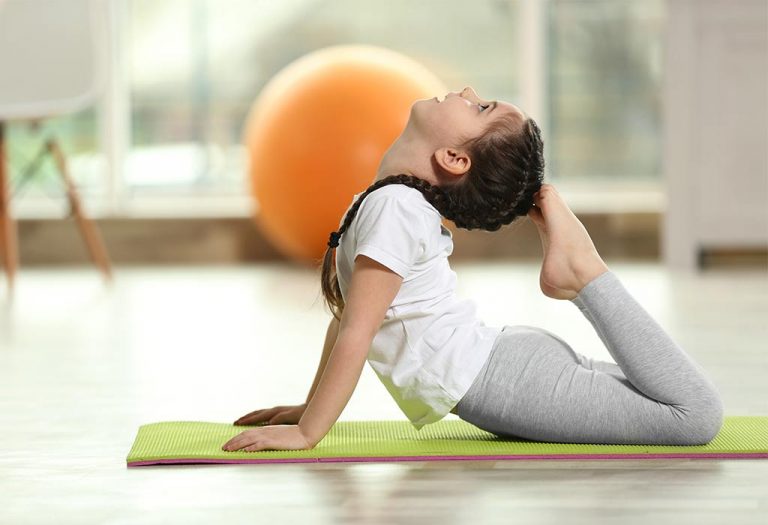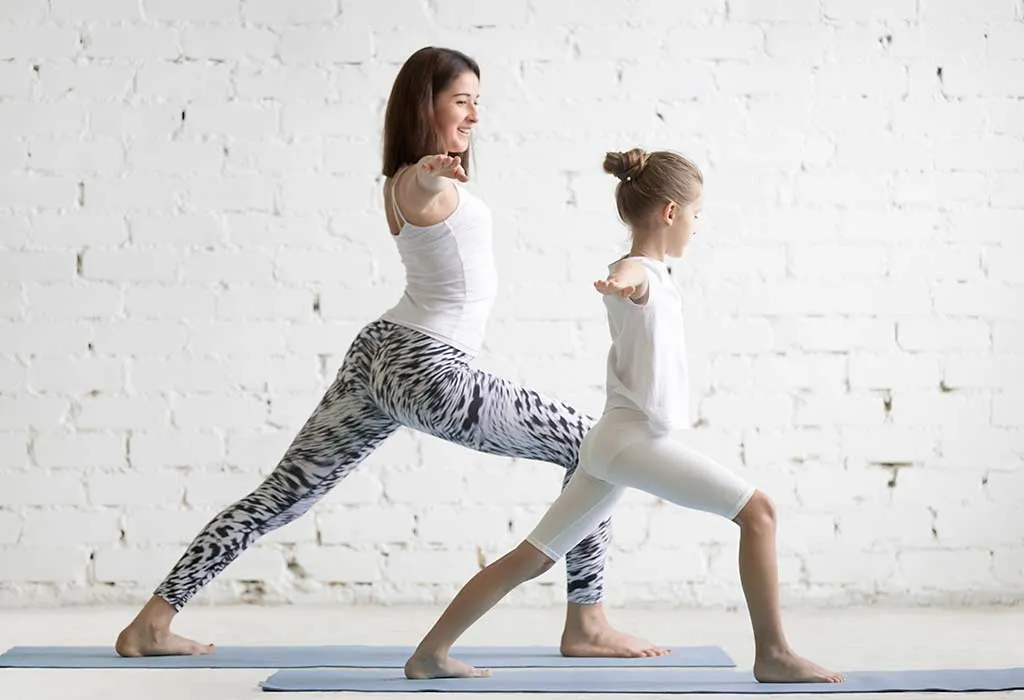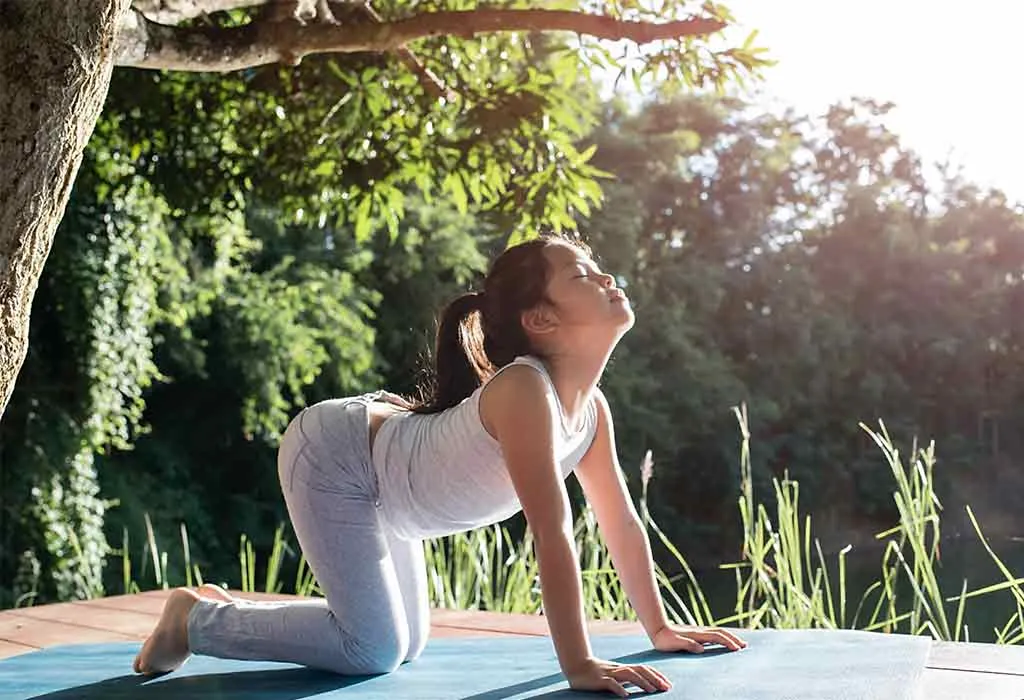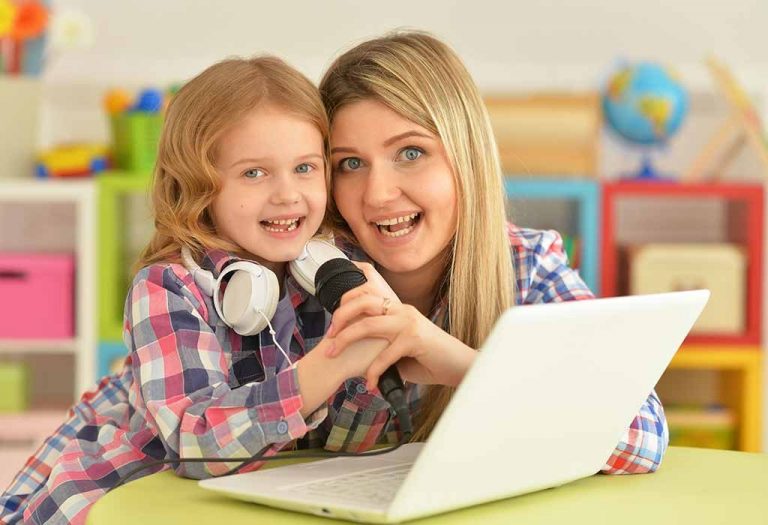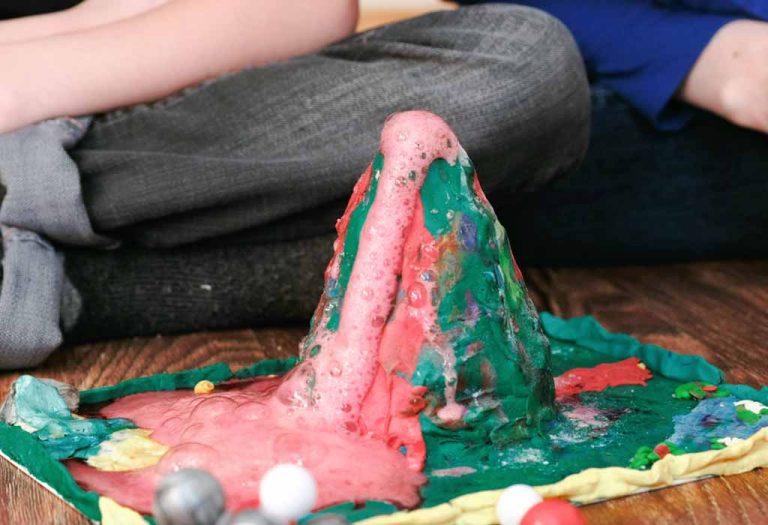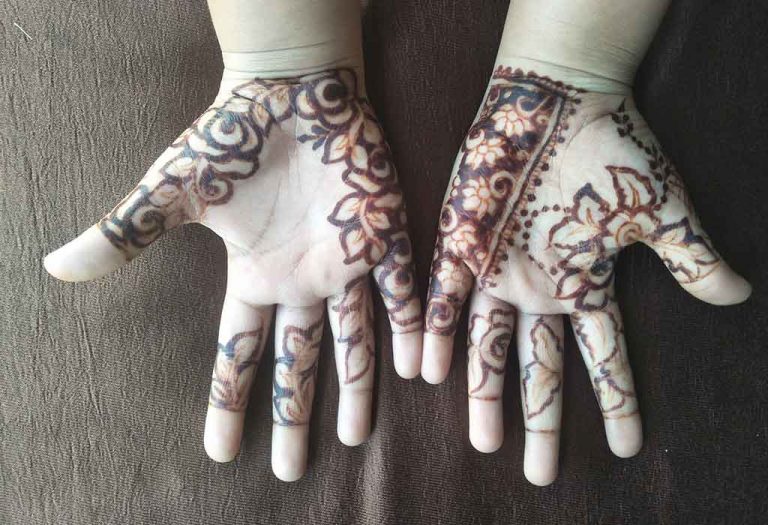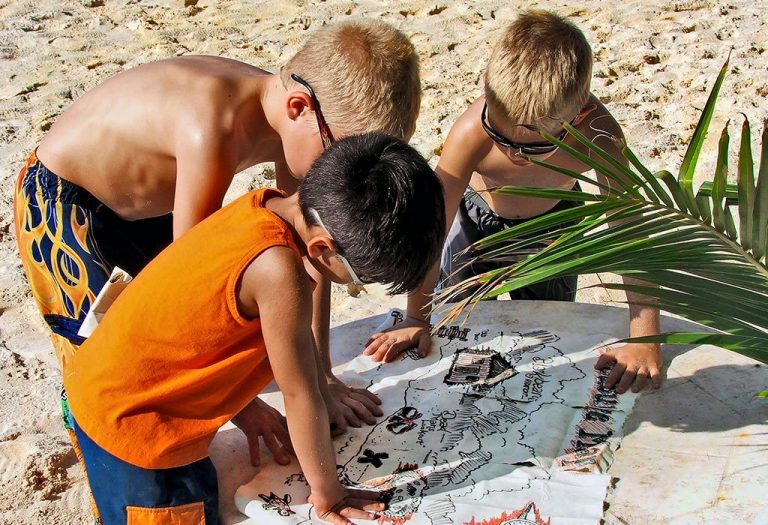5 Effective Yoga Poses for Children with Autism
There is no doubt that yoga has been an effective tool for many looking to connect with their bodies. Not only does it help your child remain physically healthy, but it also aids in the development of their muscles. Yoga helps brain development, keeps the balance of the brain healthy and levels out emotions. It is one of the few exercises that includes emotional wellbeing into its philosophy. That’s not all, did you know that it is also recommended for children with autism? With autism, the focus is not on the cause of the condition but rather the management of the symptoms. Autistic children find it hard to regulate their bodies and are usually over-stimulated. Brain yoga for autism helps children connect with their bodies and deal with the symptoms.
How Does Yoga Benefit Kids with Autism?
There are many benefits of yoga for children. Yoga is a physical activity that both gives them the necessary outdoor activity while helping them develop their brain. Yoga also helps balance brain hormones and keep issues like stress-related depression or exam anxiety away. The greatest part of yoga is that it is an activity that not only incorporates physical and mental activity but emotional activities as well. Yoga can help your child find balance and make him more level-headed. Here are some of the benefits of yoga therapy for autism.
1. Improves Motor Skills
Children with autism usually experience delayed motor skills. With yoga, these children learn a host of tools such as balance and stability. They become more aware of their body and coordination.
2. Improves Confidence and Social Skills
Autistic children are often singled out due to their lack of coordination. With this taken care of by yoga, autistic children develop more confidence. Yoga also helps them learn self-control tools which help improve their social skills.
3. Sensory Regulation
Autism causes sensory overload in most children. Harsh lights, loud sounds, and strong smells can all be too much for the child. Yoga helps the child release excessive energy and in fact, increases calmness which can be a welcome relief.
4. Improves Communication Between Child and Parents
Yoga helps the child to self-regulate and can also be used as an effective and simple way for parents and even siblings to communicate to the child.
5. Stimulates Emotions
Yoga also stimulates emotions in a safe environment and allows autistic children to learn how to regulate them.
6. Order and Regularity
More than anything, autistic children crave for order in their lives. With yoga, this is very easy to stimulate. The session can be held on the same day of the week at the same time with the mat arranged in the same manner as they are used to.
7. Reduced Anxiety
Autistic children also have issues with anxiety and are most highly strung. Yoga, known for its calming effect, is a particularly useful tool against anxiety. The child can also be taught specific breathing exercises to help regulate and manage anxiety.
5 Yoga Asanas for Children with Autism
There are several yoga asanas you can teach your child if you want to regulate the symptoms of autism. These asanas are beginner friendly and will not be too much of a challenge to your child.
1. Tree Pose
This simple pose helps develop concentration and improve balance while strengthening the ankles, calves and thighs.
How to Do:
- Stand up straight.
- Extend the arms and bring the palms together with the arms stretched over the head.
- Bend the right knee and place the right foot on the left thigh.
- Turn the face upwards and look towards the sky.
- Hold the position for a few breaths and repeat on the other leg.
2. Warrior Pose
This yoga asana helps focus, strengthens the core, and increases balance.
How to Do:
- Stand on the floor with the feet placed wide apart.
- Turn the face to the right and twist the right foot outwards.
- Bend at the right knee while still keeping the left foot turned inwards.
- Raise the arms and hold them straight across at shoulder length.
- Keep the back straight and focus on the breath for 2 minutes.
- Repeat on the other leg.
3. Ragdoll Pose
This yoga pose does not require too much physical strength and is a good way for the child to focus on breathing.
How to Do:
- Stand with the legs together.
- Raise the arms above the head and slowly bend at the waist.
- Let the arms fall to the floor, keeping the knees relaxed while being straight.
- With each exhalation, let the arms sink further towards the ground.
- Rise back up after a few inhalations and exhalations.
4. Cat-Cow Pose
This asana gently massages the internal organs while stretching the spine and neck.
How to Do:
- Start by kneeling on the floor with both hands and knees.
- Keep the hands right below the shoulders and the knees below the hips.
- Take a deep inhalation and arch your back towards the floor while looking up and mooing.
- On exhaling, arch your back towards the ceiling like a cat. Look down and meow.
- Repeat multiple times.
5. Lion’s Roar Pose
This pose is designed to let out all the negative energy and helps your child relax and let go of any tension.
How to Do:
- Kneel down on the ground with the knees and the feet placed together at the back.
- Gently place hands on the floor.
- Spread your fingers, imitating the claws of a lion.
- Inhale deeply, open the mouth wide, and bring the tongue out trying to touch the chin.
- Make a ‘ha’ sound like a roar as you exhale with your eyes open as wide as possible.
- Roar 2 or 3 times.
Tips for Teaching Yoga to Kids with Autism Spectrum Disorder (ASD)
Yoga is easy to incorporate into your child’s playtime or school and will help your kid self-regulate emotions while also improving communication skills. Parents will also find these asanas relaxing and Here are a few tips you will find useful when teaching yoga to your child.
- Teach yoga poses and breathing exercises with the help of visuals, games, repetition, and fun activities. This will keep the child motivated to practice.
- When starting yoga for autistic children, you should pick poses that are easy as it will boost their confidence. These poses should be practised regularly even as you make him try harder poses.
- Create a yoga schedule and put it up where your child can easily view it. This will allow him to know what to expect.
- Create flashcards with images of poses to communicate what the child should expect. Autistic children are visually oriented and any visual will help them focus.
- Ask your child which pose he would like to practice to increase involvement. This is where the flash cards come into play as your child will be able to pick and communicate easily.
- Incorporate yoga into the schedule for the day and restrict it to stretches and breathing exercises in the early stages.
- It is important that you have a space dedicated or set aside for the practice of yoga. Autistic children like regularity and having a space with images of the poses will help them regulate their emotions.
- Practice yoga with your child as you help him. This not only allows him to understand the poses better but also helps build a bond between while increasing communication.
Autistic children struggle with self-regulation and self-control when it comes to emotions and body coordination. Yoga can help these children connect with their mind and body to create a set of tools to self-regulate. If you are considering yoga for your autistic child, then do so under the advice of your paediatrician. Do consult a yoga instructor who has experience working with autistic children. Never force your child to perform asanas that may be out of his reach and make sure that he performs yoga poses with a trained professional in the room till he is able to do the same without supervision. It is essential to understand that children with autism face many challenges, they may need other forms of therapy along with yoga, so talk to a doctor about the psychological and medical needs if your child has autism.
Also Read:
Schooling for Children with Autism Spectrum Disorder
Understanding Low Functioning Autism or Profound Autism
Practical Tips to Raising a Child with Autism
Was This Article Helpful?
Parenting is a huge responsibility, for you as a caregiver, but also for us as a parenting content platform. We understand that and take our responsibility of creating credible content seriously. FirstCry Parenting articles are written and published only after extensive research using factually sound references to deliver quality content that is accurate, validated by experts, and completely reliable. To understand how we go about creating content that is credible, read our editorial policy here.





